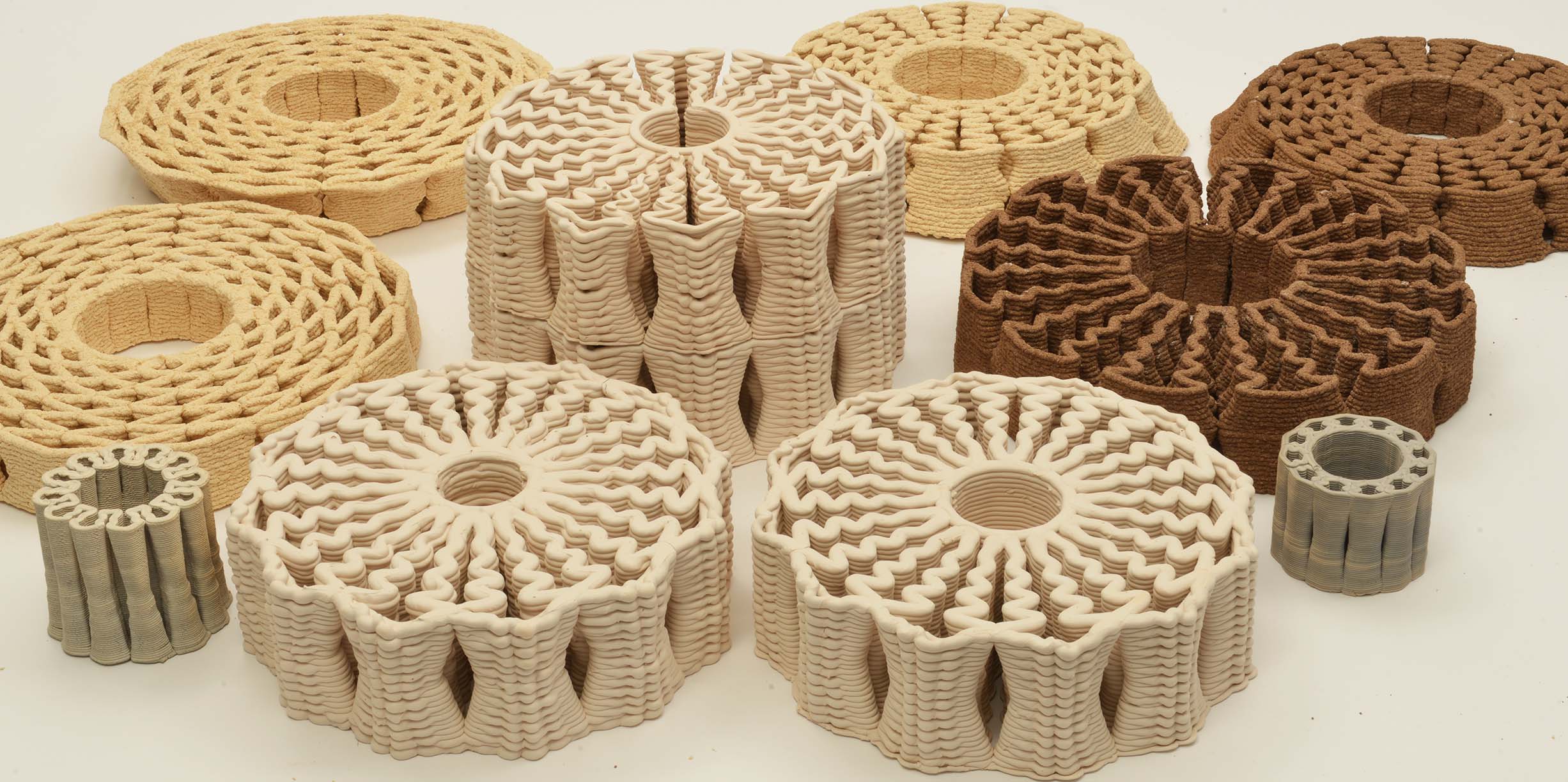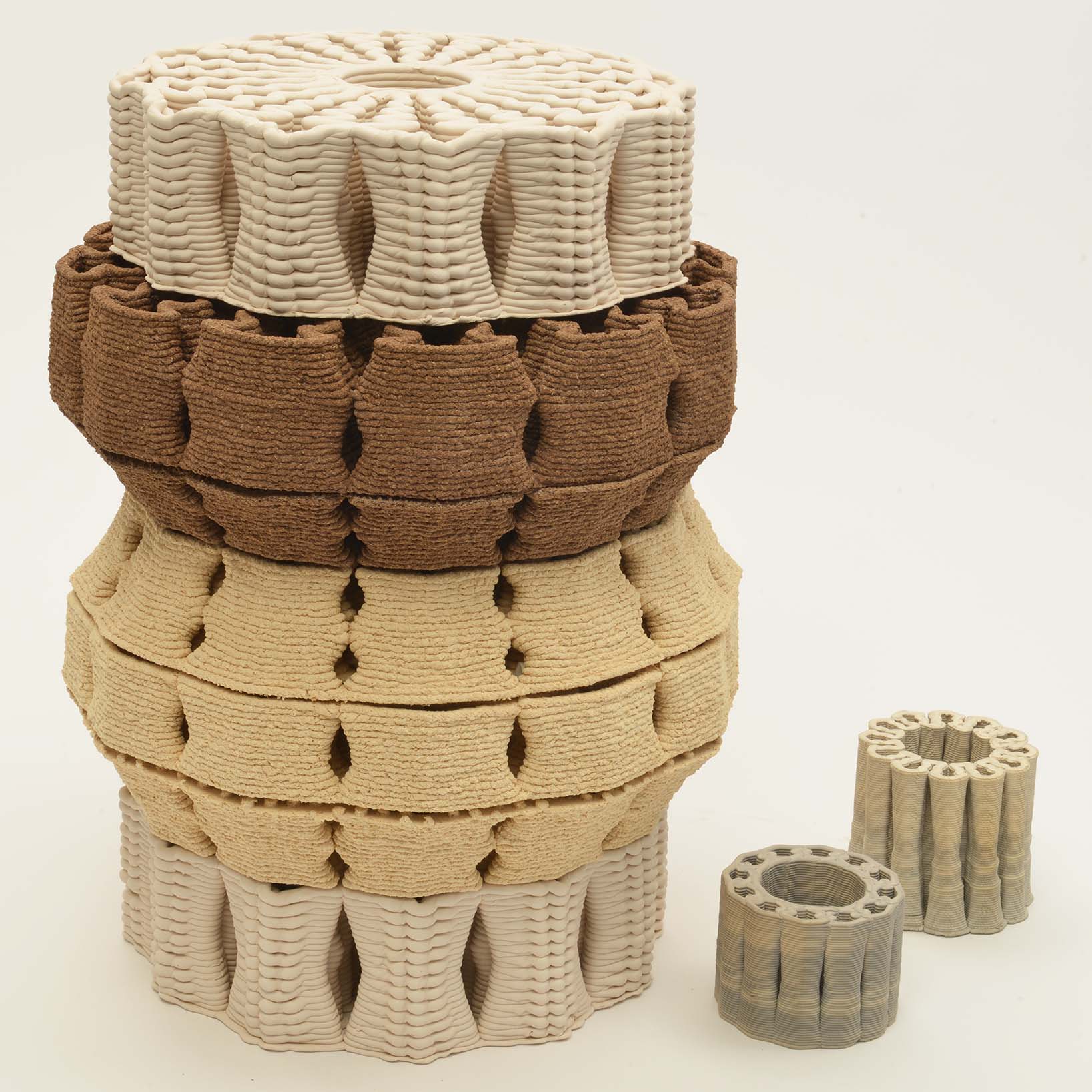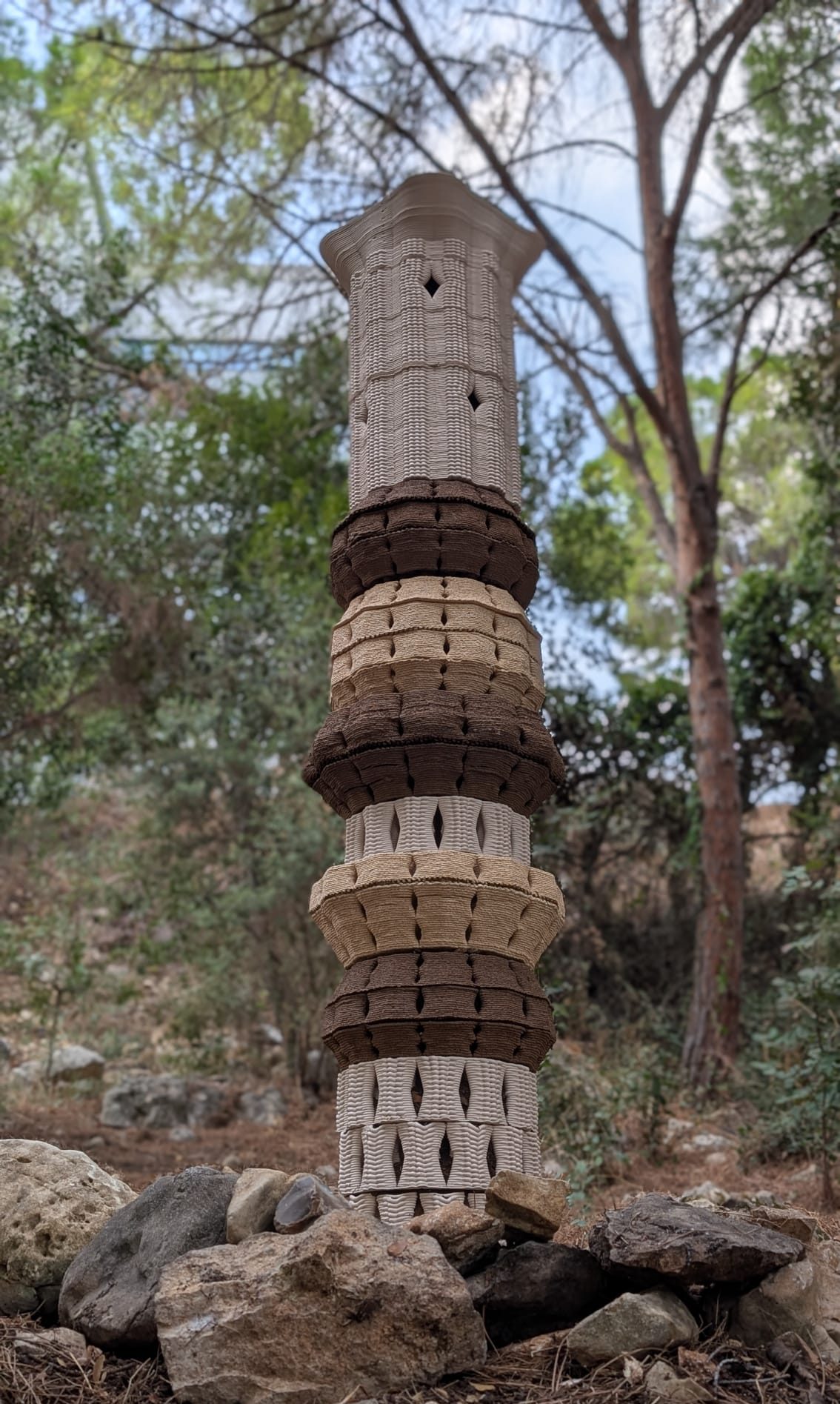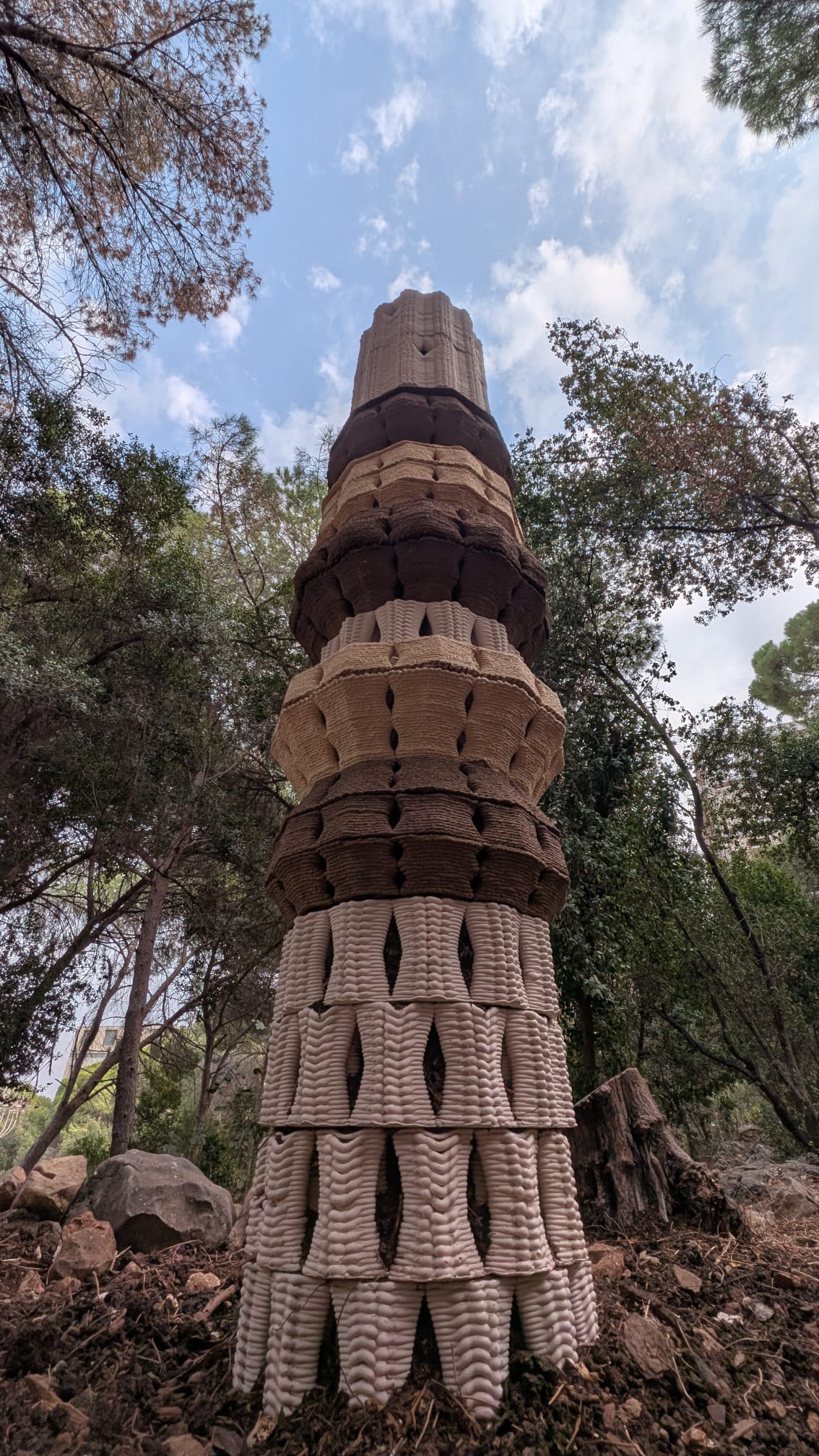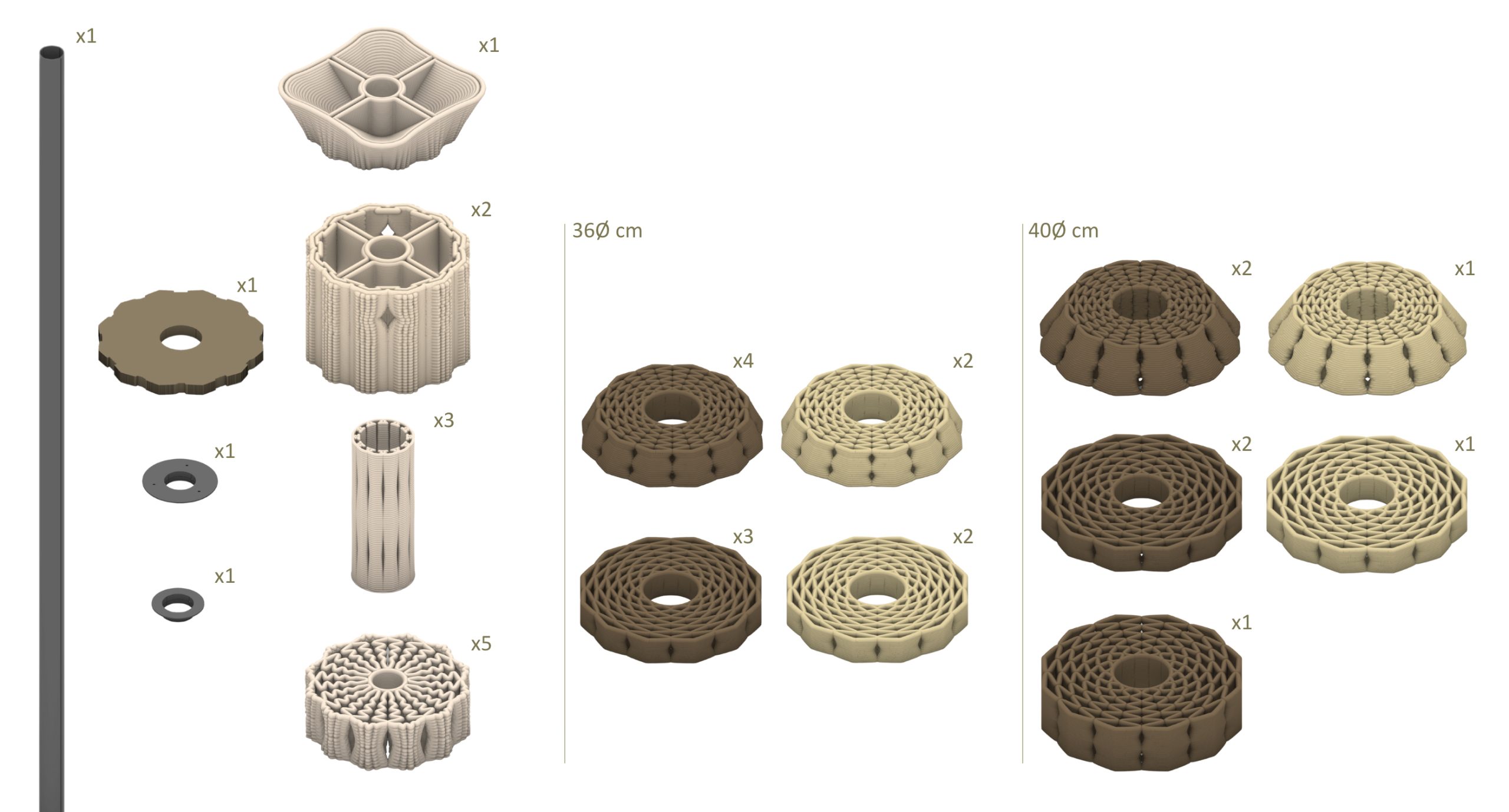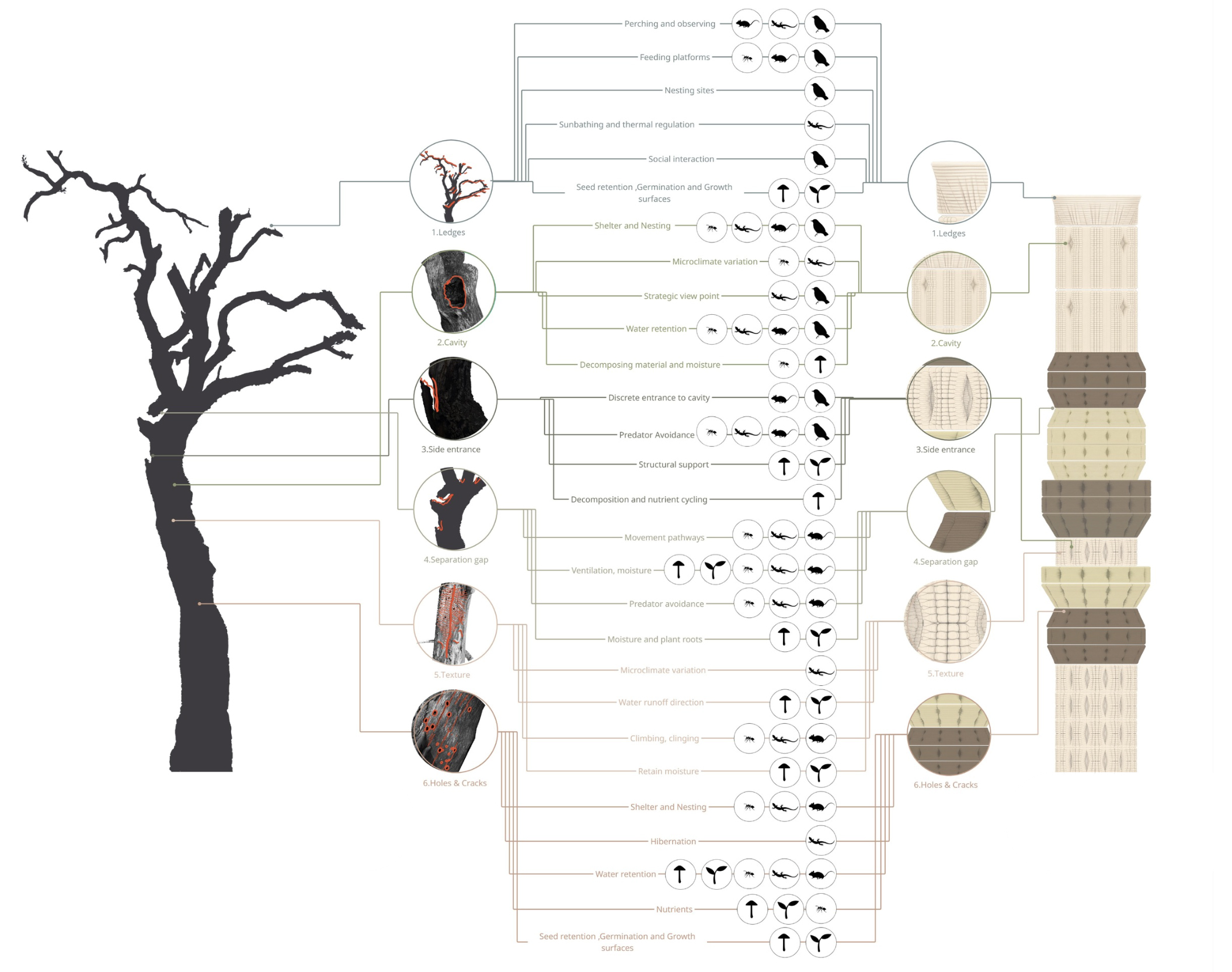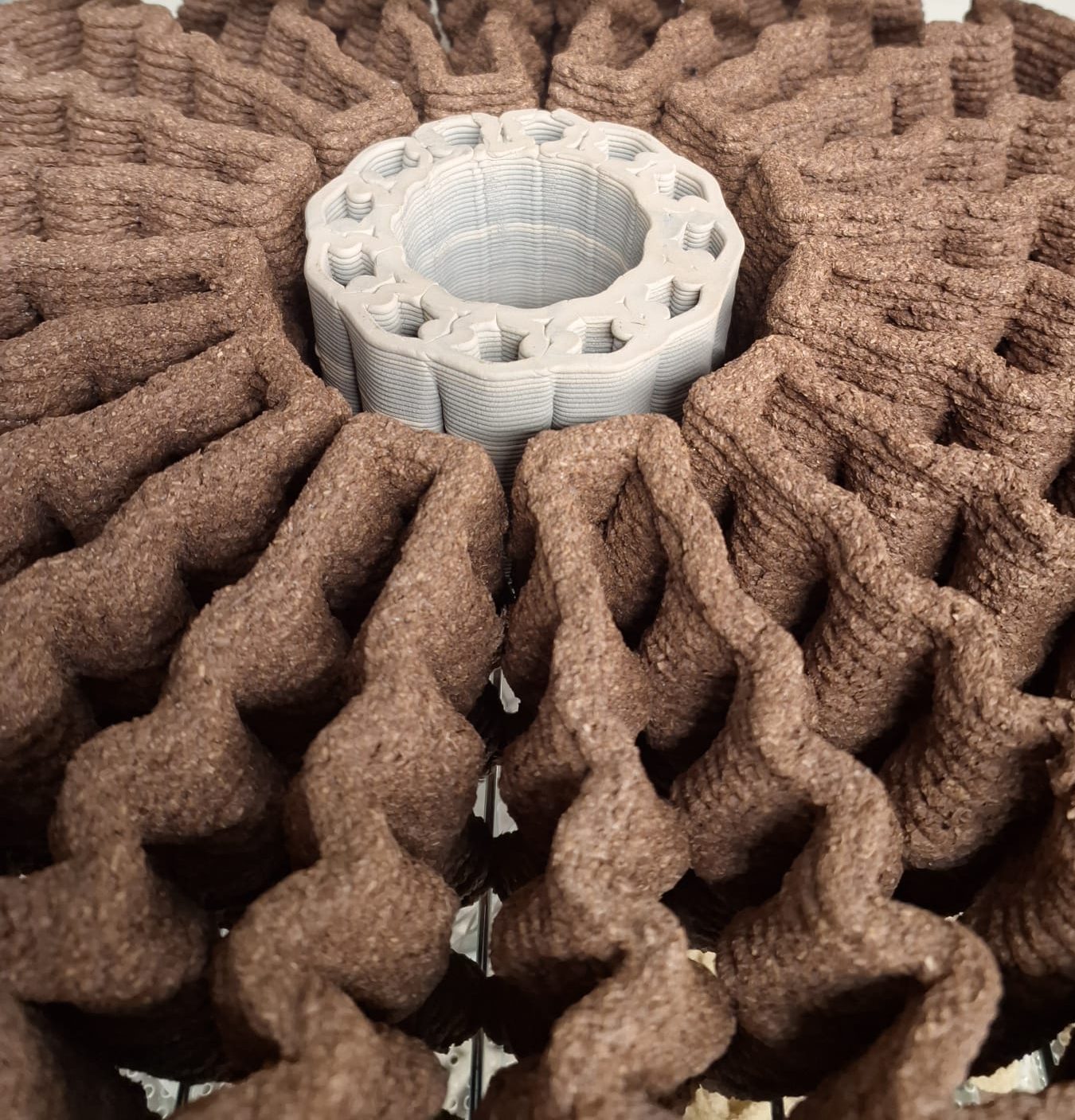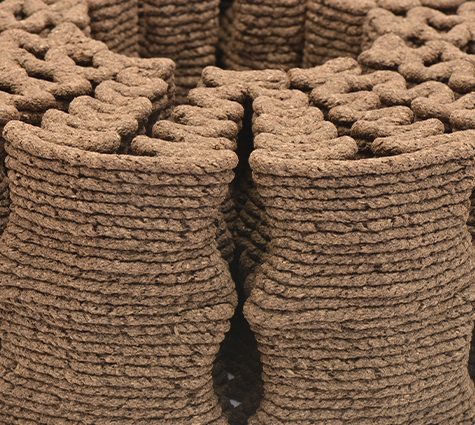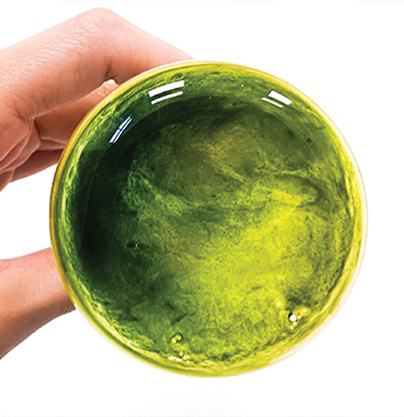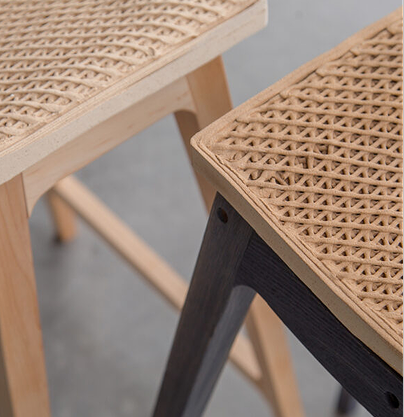The research explores how bio-inspired design and digital fabrication can support urban biodiversity. Urbanization and habitat loss have significantly reduced the presence of dead trees—critical ecological structures that provide shelter, nesting, and food sources for a variety of species. This research addresses that gap by developing artificial habitats that replicate the ecological functions of dead trees through 3D printing with natural materials. The research combines fieldwork, interviews with ecologists, and analysis to identify key ecological features such as cavities, ledges, side entrances, separation gaps, textures and holes and cracks.
These insights were then translated into a modular design system using the Research Through Design methodology. Through a series of iterative material and fabrication experiments, the study established protocols for printing with a hybrid of ceramic and wood-based components. The wood elements are designed to biodegrade before the ceramic parts, enabling ecological succession and the formation of dynamic, evolving habitats. This research aim is to design a process rather than produce a finished object—working with nature and its constant transformation, rather than against it.
